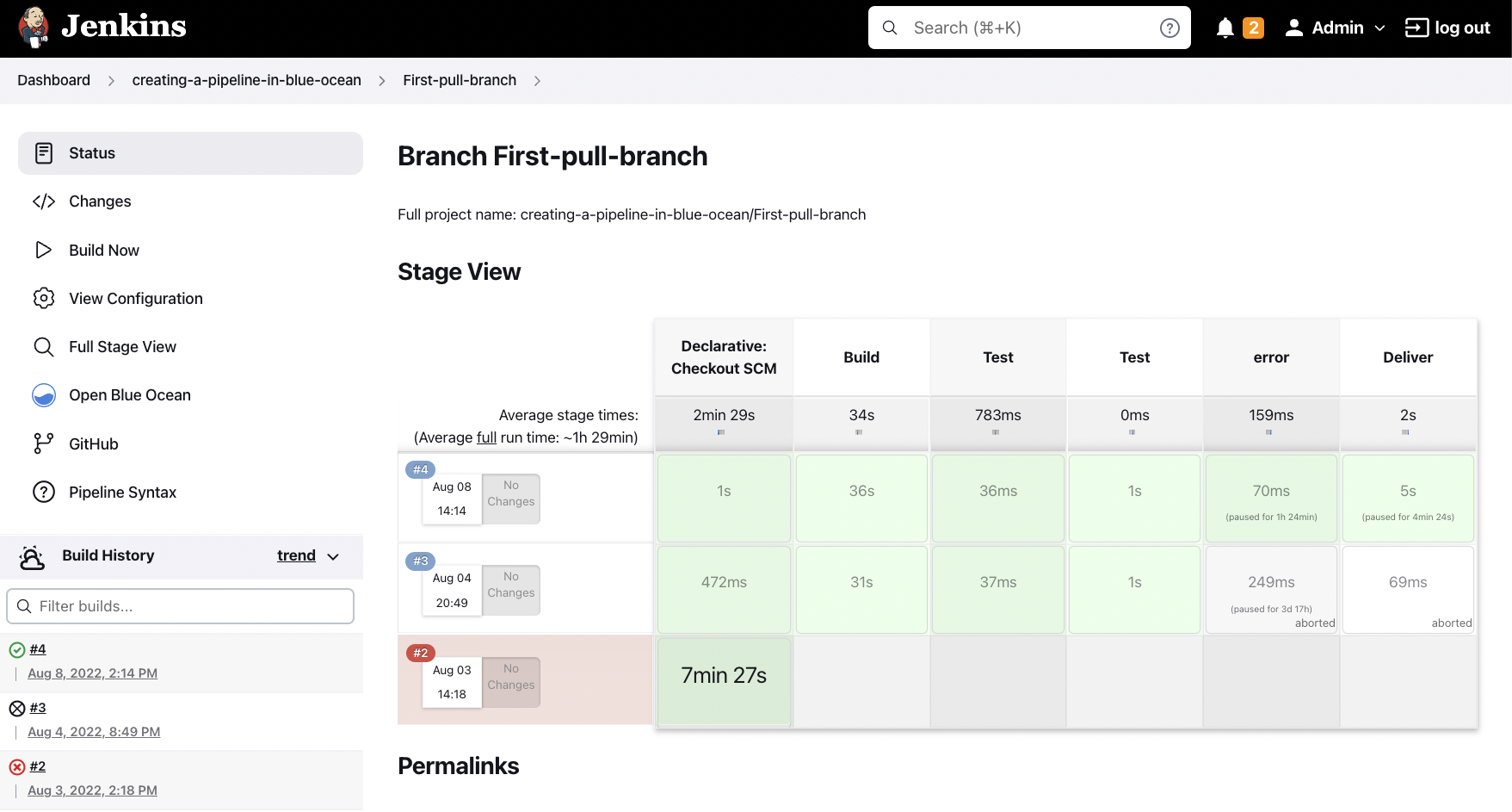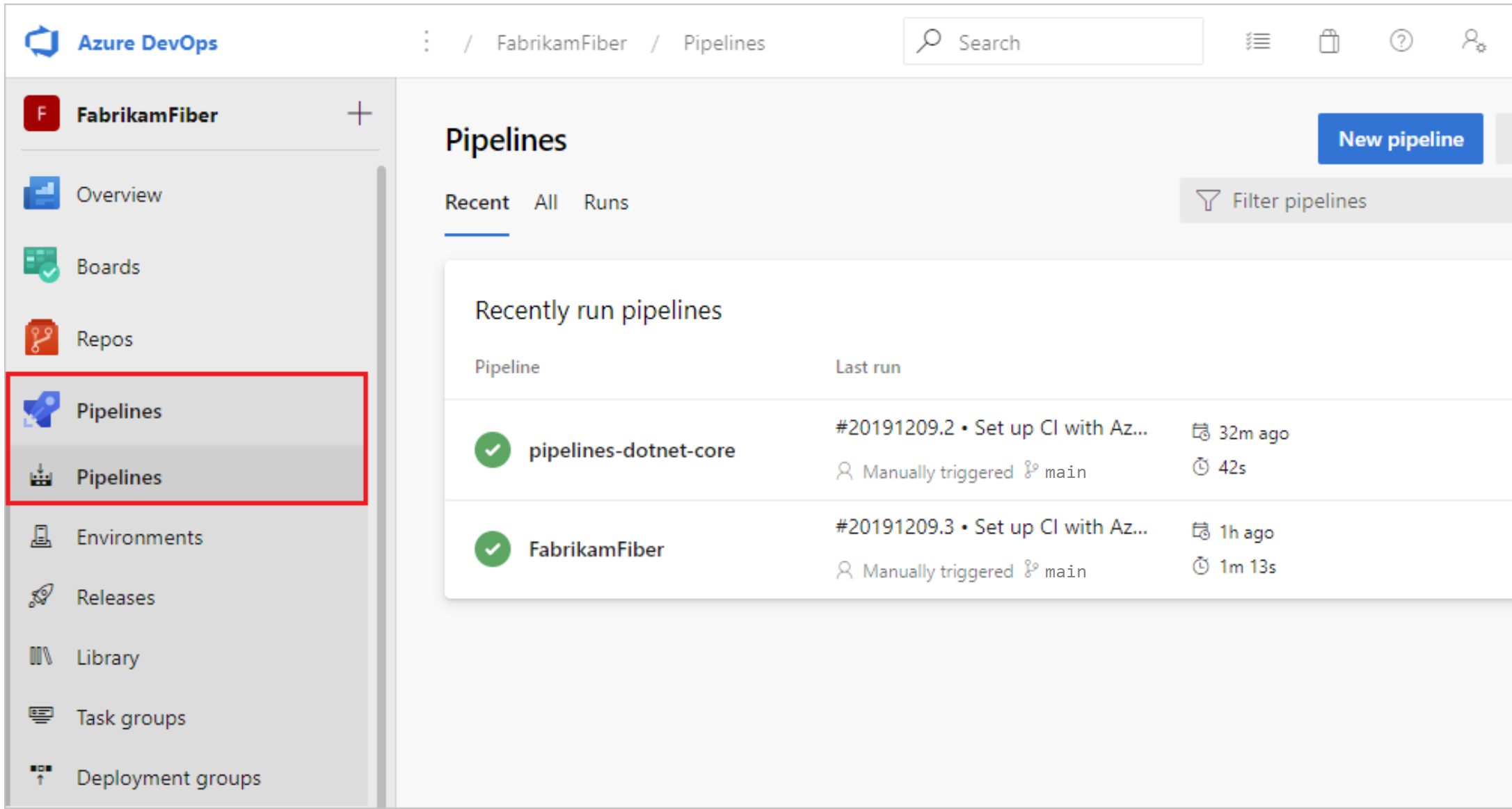DevOps vs. ITIL: How are They Different & Which One is Better?

When it comes to IT operations, businesses often adopt DevOps or ITIL (IT Infrastructure Library) frameworks to help streamline their digital workflows. While both frameworks deal with IT practices, they differ quite a bit in their structure and areas of focus.
ITIL is more rooted in ITSM (IT Service Management), whereas DevOps brings development and operations teams together with the help of methodologies and tools such as Instatus. In this article, we’ll be going through both DevOps and ITIL frameworks to help you decide which one best suits your business.
DevOps vs. ITIL: Overview
DevOps and ITIL are well-known frameworks for IT workflows, but they both specialize in different areas. DevOps focuses on collaboration and offers a flexible approach toward IT lifecycles phases. ITIL, on the other hand, offers a more strict set of guidelines for ITSM implementation, although these can be adapted if necessary.
What is DevOps?
DevOps is a series of methodologies and tools that help automate and streamline software development processes, such as software deployment, testing, and monitoring. The goal is to improve communication and interactions between IT and development teams, with a strong focus on automating workflows for faster and better product releases.
DevOps Examples
Continuous Integration with Jenkins

Jenkins is an automation tool that helps streamline your CI (continuous integration) and CD (continuous deployment) workflows. It can act as a CI server or delivery hub for any development project, and they have hundreds of plugins you can integrate into your DevOps toolchains.
Deploying Application Using Kubernetes

Kubernetes allows you to containerize your applications so you can build and deploy updates without taking down your server or disrupting end-users. This facilitates faster software updates and releases while minimizing your downtime.
Create a CI/CD Pipeline using Azure DevOps

Azure DevOps is another tool that optimizes CI/CD processes. You can easily set up your own CI/CD pipelines using various coding languages and operating systems and deploy builds to any cloud service, including Azure, AWS, and GCP.
Pros
- Automates software development and deployment processes
- Elevates customer experience and satisfaction
- Leads to better collaboration and productivity
- Allows for flexibility in terms of methodologies and toolchains
- Improves the quality of your products
- Creates more cost-efficient workflows
- Helps you quickly identify and resolve software errors
Cons
- DevOps professionals aren’t readily available
- Costly infrastructure for DevOps environments
- Optimal integration can be hard to achieve
- In-depth DevOps knowledge is required to carry out certain processes
DevOps involves the use of various specialized tools, such as Instatus. With the help of Instatus, you’re able to create your own beautiful status page within seconds, which allows you to enable continuous monitoring in your DevOps workflow.
What is ITIL?
ITIL involves using a set of best practices, which are designed to elevate your ITSM, improve customer relations, and establish a reliable environment for optimal delivery of IT services.
Pros
- Streamlines IT service delivery
- Increases customer satisfaction
- Allows for better ITSM integration
- Helps align IT goals with company objectives
- Optimizes IT usage
Cons
- Less flexibility
- Can be difficult to learn
- Costly to implement
- Can be challenging to integrate if you’re unfamiliar with ITIL
Key Differences Between DevOps and ITIL
Roles
DevOps
Here are some common DevOps roles:
- Software Developer or Tester: In charge of building applications and reviewing or updating code.
- DevOps Engineer or Automation Architect: Responsible for integrating tools and practices to automate DevOps processes, managing infrastructures, and helping set up CI/CD pipelines.
- DevOps Evangelist: Helps maintain a safe work culture, assigns key DevOps roles, ensures team members are well-trained, and promotes the advantages of DevOps across the company.
- Release Manager: Involved in planning and managing the software development and deployment processes, making sure DevOps teams release products on time.
- Quality or Experience Assurance Specialist: Tests software products to check if they meet the company’s quality standards.
- Security and Compliance Engineer (SCE): Ensures infrastructure is built securely and works with development teams to design or improve security measures. Also responsible for handling compliance requests and responding to security incidents.
- Utility Technology Player: In charge of maintaining servers and keeping them active. Implements stringent controls to better manage what can and can’t run on the servers.
ITIL
Here are some examples of ITIL roles:
- IT Steering Group (ISG): Responsible for reviewing IT and business strategies and ensuring they complement one another.
- Service Strategy Manager: Helps the IGS design and manage the IT service provider’s strategy. Also in charge of introducing this strategy to the company.
- Business Relationship Manager: Ensures positive customer relations, analyzes customer wants and needs, and helps the IT service provider satisfy those needs using an appropriate catalog of services.
- Demand Manager: Analyzes activity or trends to better understand and forecast customer demands for IT services. Collaborates with the capacity manager to ensure the IT service provider is able to satisfy these demands.
- Financial Manager: Manages the IT service provider’s budgeting, accounting, and monetary expenses. Creates yearly IT budgets and sends them to the ISG for approval.
- Service Portfolio Manager: Devises strategies to help deliver satisfactory services to customers. Works with the IGS to elevate service capabilities and monitors the service portfolio.
Software Delivery Process
DevOps
DevOps has a large focus on optimizing the software delivery process, with the use of automation tools such as Jenkins and Azure DevOps. It also introduces continuous monitoring and testing to help identify errors quicker, promoting faster software updates.
ITIL
ITIL introduces a set of practices to help increase your software delivery efficiency. It centers around optimizing the quality of your services and defining clear expectations you can measure later on to drive continuous improvement.
Use Approach
DevOps — A Methodical Approach
- Increase Deployment Frequency: DevOps allows you to deploy small software releases regularly, making it easy to fix any errors that pop up.
- Resolve Incidents: Use automated systems to locate and resolve simple errors. You can also avoid shifting blame when larger incidents occur with a well-integrated communications system across teams.
ITIL — A Structured Approach
- Reduce Workloads: Reduce IT support desk activities with efficient ITSM, which involves offering self-help options for customers to minimize tickets.
- Increase Customer Satisfaction: Alleviate customer confusion with SLAs (Service Level Agreements), so customers know exactly what to expect from you.
Conclusion
Both DevOps and ITIL are useful in their own ways when it comes to elevating your digital workflows. However, whichever one suits you best depends on your business goals and daily operations. For instance, if you deal more with software development and deployment, DevOps may be the better option.
There are many specialized tools involved in the DevOps process, such as Instatus which facilitates continuous monitoring.
Try Instatus for free today to get your hands on a beautiful status page in just 10 seconds.
Get ready for downtime
Monitor your services
Fix incidents with your team
Share your status with customers


